Bangalore-based Bharatanatyam dancer and Guru Gayathri Keshavan, who has performed several times across the country and globe, speaking to Natyahasini, calls for the cities to focus on the quality of the platform provided to dance. “Often, we find the make-shift stage that are not very suitable for dancing, the acoustics and general public discipline does not create the ambience needed to transport an individual to the world that the dance seeks to take us to. We need to elevate the experience for the audience and for the artist performing,” she says.
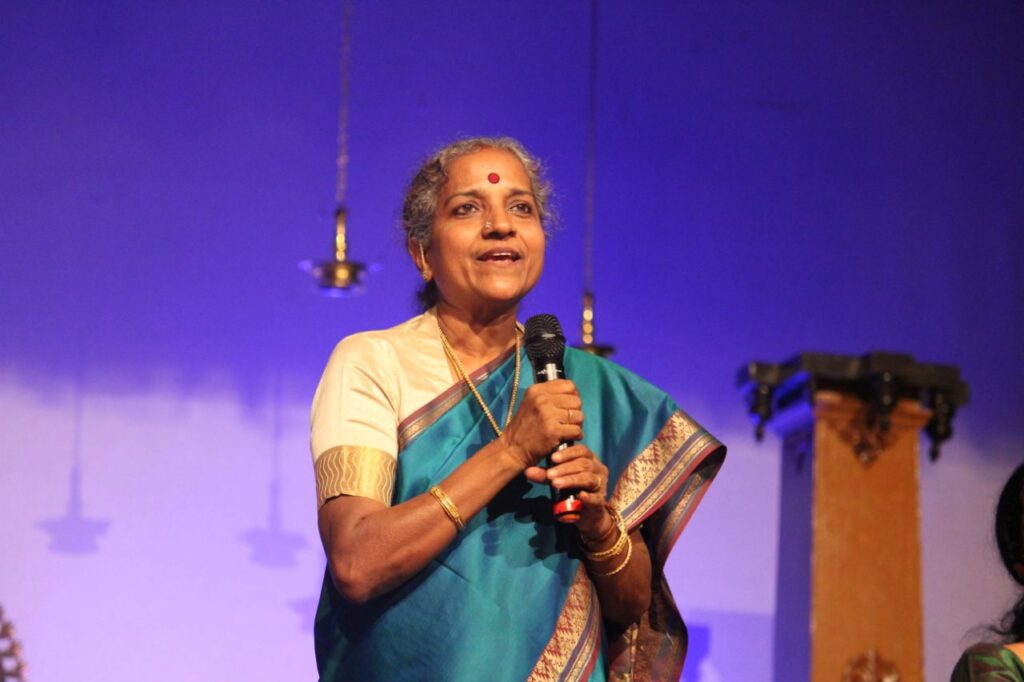
The Bharatanatyam Guru says that cultural activities in Bangalore, Chennai and Hyderabad are thriving in their own way. “Apart from government support, there are private organisations who conduct music and dance festivals periodically. I am not particularly aware of the cultural scene in Hyderabad today, however Chennai continues to be the cradle of classical arts and Bangalore is doing extremely well too,” says the teacher.
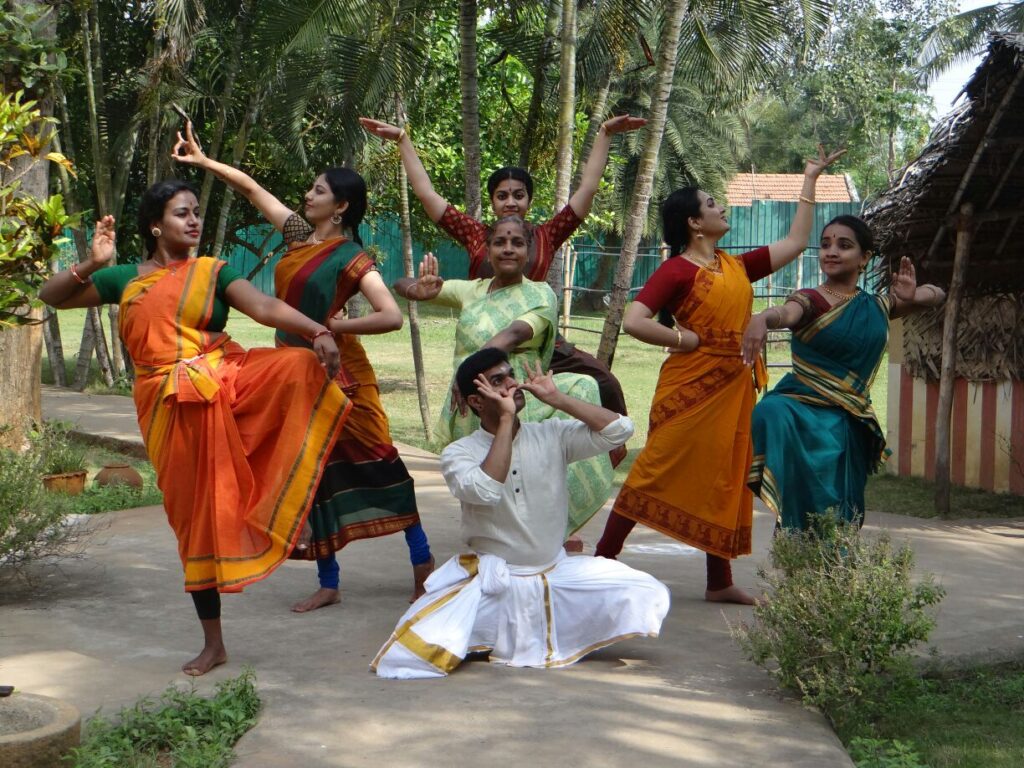
The dance exponent points out that by providing paid opportunities to dance is the only way one can afford to give performance with live orchestra and even in today’s world this is a rare occurrence. “The expenses for live orchestra are high – rehearsals and performance payment for a minimum of three musicians which leaves the dance artist often with nothing. One forgets about the expenses a dance artist has to incur for costume, jewellery, make-up etc. On many occasions duration of the program is only 10 – 15 minutes and therefore performing to recorded music is convenient,” she states.
Loves Teaching: Gayathri Keshavan believes in performing to an audience, no matter the platform. “Performing in India is memorable of course as the audience here is knowledgeable of the culture and mythology represented in the dance. Performing in Europe in early 1970s to a spell-bound and enthusiastic audience new to Bharatanatyam was a completely different experience. I thoroughly enjoyed it – not to mention the seven to eight rounds of standing ovation I would receive after my two-hour-long performances – unforgettable indeed,” she says. The dancer confesses that when she sees people eagerly waiting to watch her performance, she is inspired and wants to do her best as she is representing the art form. In the same breath, she reveals that teaching anywhere and to anyone is interesting, challenging and satisfying because she loves to teach.
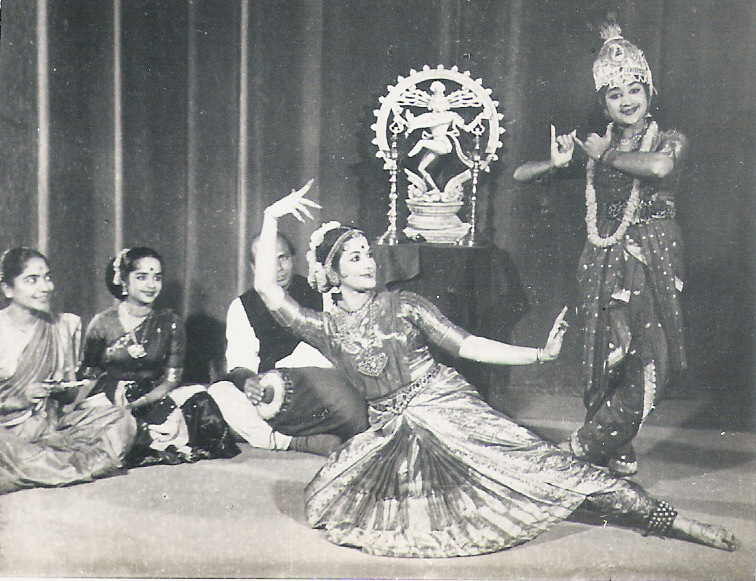
Going down memory lane, the Bharatanatyam exponent acknowledges that having parents as Gurus is a great advantage and privilege in many ways. “Growing up in a household where dance teaching, performances, lec-dems, artistic collaborations and discussions was a constant and a way of life, provided me with an immersive learning and exposure to the form that truly set me up for a career in dance,” she says.
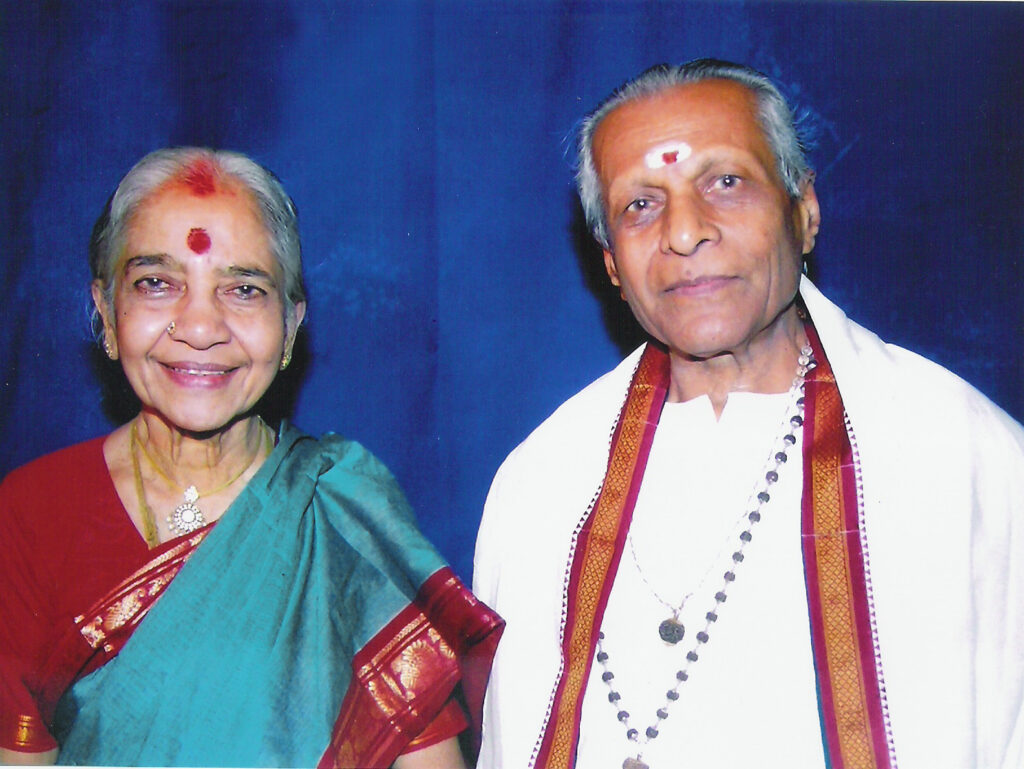
It must be mentioned that Gayathri’s father T. K. Narayan was a lecturer and later principal of Government College of Music and Dance in Hyderabad (between 1951 – 1978) where high calibre and top artists were invited to give performances. “At home, I would learn and practice with different groups of students and always accompanied my parents to every dance recital. While I received training in music and veena, my brothers learnt violin and mridangam and this atmosphere at home provided for holistic development in the arts.”
Father Very Strict: The dancer says that her father was a stickler for straight lines and precision in nritta, while her mother Jayalakshmi Narayan, primarily a Carnatic vocalist, coached her on the subtle nuances of abhinaya to bring out the depth and musicality in her dancing. “Knowledge of the art and its qualities, the inheritance of ancient dance texts, manuscripts, instruments, dance jewellery is invaluable too and I owe it all to my parents,” she says with folded hands.
Gayathri’s father established the dance institution, Academy of Bharata Natyam in 1948 and it is over 74 years old now with the fourth generation into dancing. “I feel a sense of pride to watch my daughters continue this legacy my parents left behind and to know that my granddaughter is equally talented and gifted in the art form. Being born in an artistic family, it was very important for me to ensure that the art form is not lost with me and that I create the interest and passion for it in them as well. Today, my older daughter Maithreyi Keshavan Barve runs the Academy with me in Bangalore managing classes and conducting performances and my second daughter Mathangi Keshavan teaches and conceptualises thematic productions in London,” she elucidates.
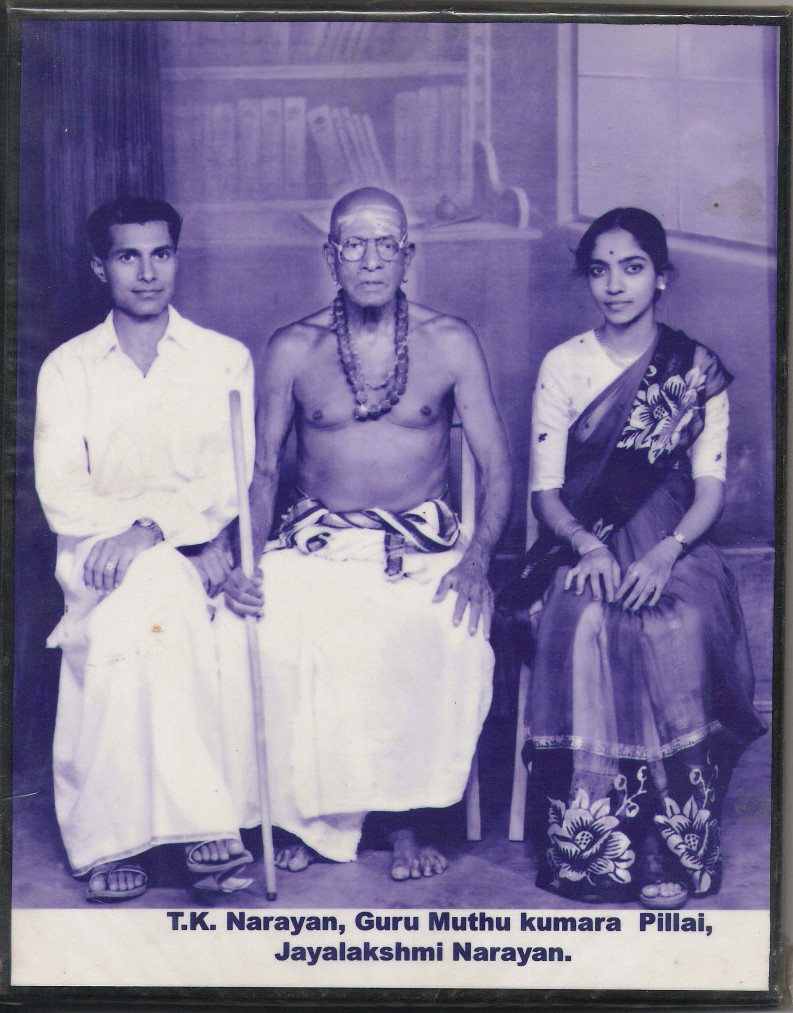
Turning Point: Decoding learning Bharatanatyam during her father’s time, Gayathri says: “Very few from Brahmin community learnt this art and even fewer men performed. In the early 1940s, receiving family support towards performing art was extremely rare and discouraged in most cases. Divine Grace and coincidences gave my father the opportunity to learn from the most revered Gurus – Shri Meenakshi Sundaram Pillai and Shri Muthukumara Pillai who gave their best to him.” She also adds that her father’s close association with legendary dancer Ram Gopal brought him opportunities to perform at prestigious theatres. “At that point of time, he was employed elsewhere and learning was purely for enjoyment with no intention to earn through the art. An opportunity to teach at Madam Menaka’s dance institution in Mumbai gave him his first stint of teaching followed by the post of a lecturer in Bharatanatyam in the Government College of Music and Dance in Hyderabad that saw him take this up as a full-time profession,” she says.
Throwing light on learning in the 1970s, Gayathri mentions that the situation even for professional dancers like her with all the opportunities to perform at national and international festivals, earning through performances was unheard of. “I can say that I was lucky to perform but earnings could not be expected. Every performance meant expenditure towards orchestra, transport, costume etc. Only the famous and influential enjoyed such benefits, awards and privileges. The same scenario continues even today irrespective of the quality of dance,” she points out.

No Count: The dancer states that she doesn’t have a count of the number of Arangetrams and number of stage performances. “Hundreds of students have been trained by me, my parents and daughters. Generally, one needs a minimum of 10 years of dedicated learning and practise to be ready for a full presentation. My students are then ready to apply for Masters in dance directly,” she says. Also, she is quick to say that learning the art with dedication, consistency, seriousness from a teacher in a systematic manner is very essential to gain knowledge in the field. “How the students have benefitted learning this art and how much we have contributed in preserving and propagating this dance style is the success of our institution,” she states.
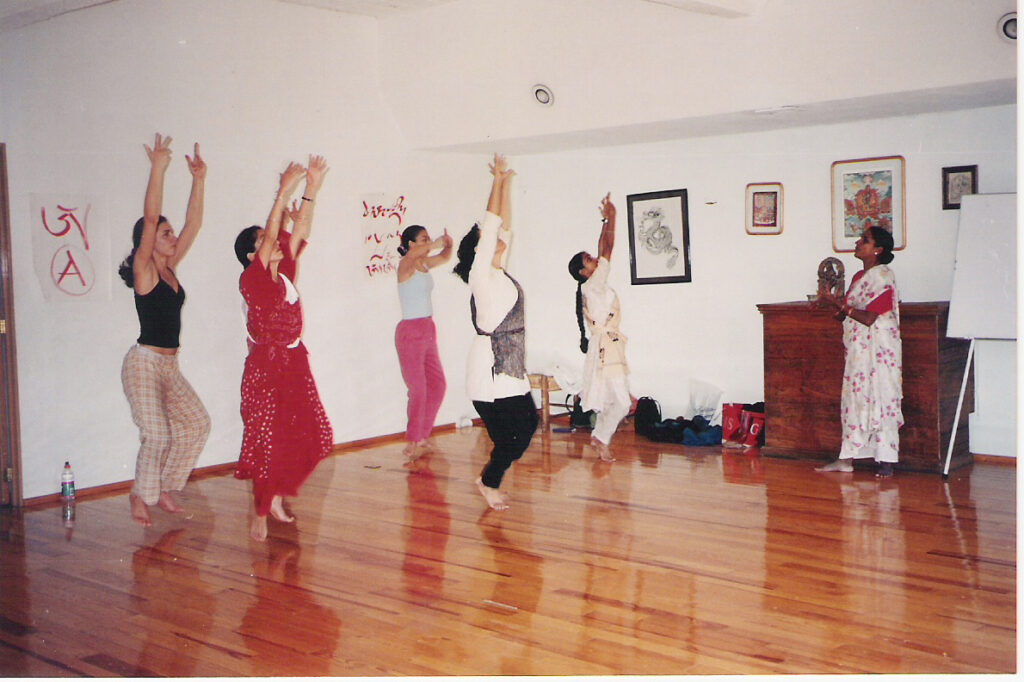
The Guru mentions that for students who have passed out of their Academy, they do firm up the student’s requirements from time to time. “Each student has a different need / want and I tailor my classes to what guidance they need. In most cases, senior students are looking to expand their repertoire and I am blessed to have inherited a vast number of traditional pieces. I also compose my own music and choreograph dance to it which I happily share with my students,” the dancer says.
Hard To Track: Expressing her views on dancers using choreographies of Legends, Gayathri Keshavan says: “Youngsters always need an ideal artist for inspiration and admiration, through whom they can learn lot of presentation skills. While performing, youngsters must have their own individuality and follow their teacher’s instructions. In this digital world, it is very hard to keep track of where one’s choreography has travelled. If choreography is borrowed, one must refrain calling it their own and due credits to the artist must be provided.”
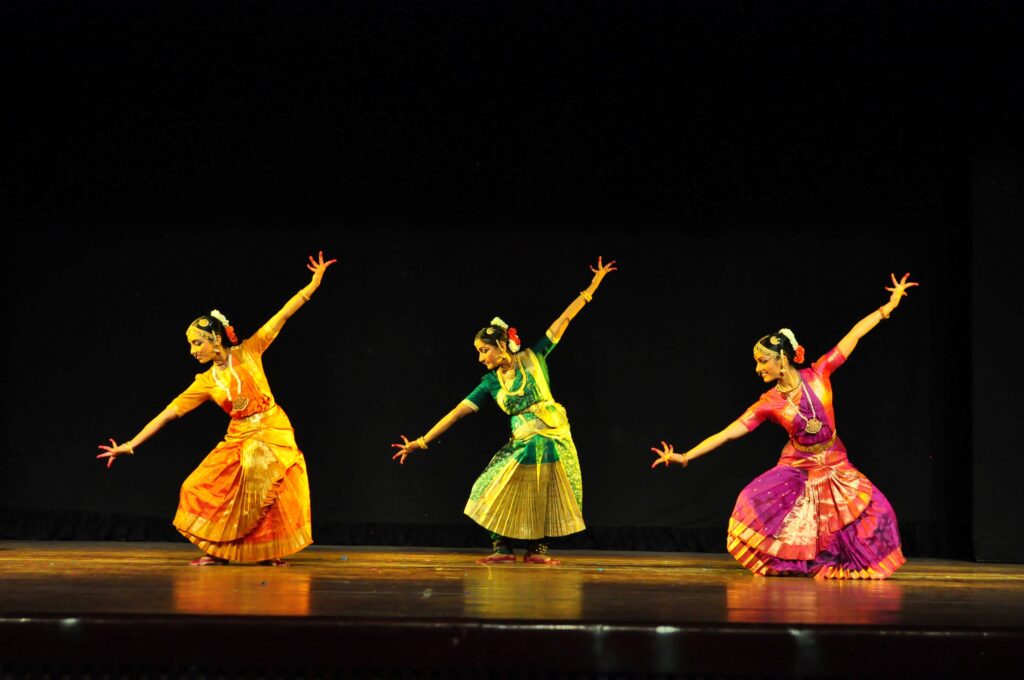
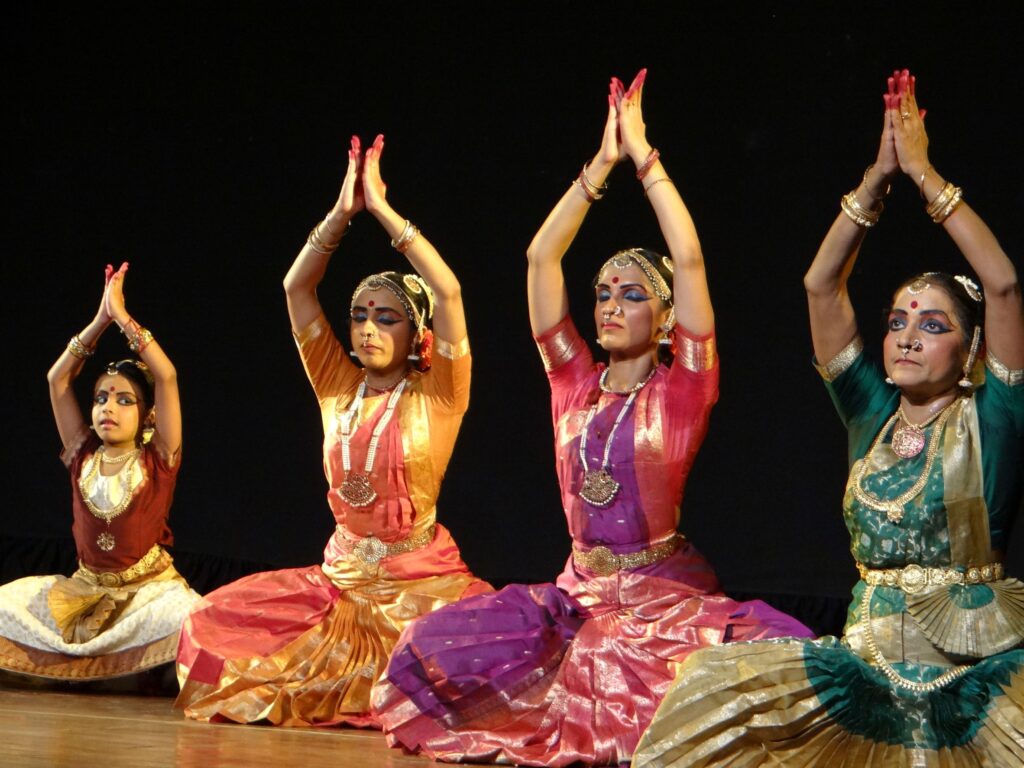
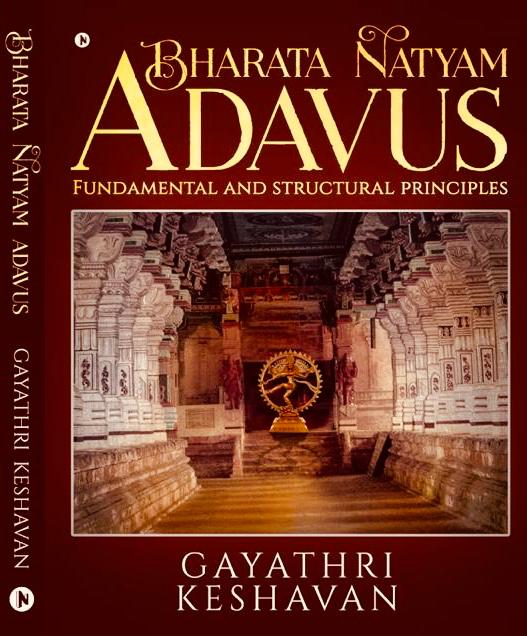
The dance Guru agrees that technology has proved its advantages in this era, in all fields, so also in music and dance. “We are now able to share our knowledge, notes, music, videos with our students globally. Preserving a choreography, whether simple or complicated, for future generations, videos definitely help as reference, clear doubts etc. as such the basic structure does not get polluted or diluted,” she says. Gayathri Keshavan published a book “Bharata Natyam Adavus” in 2020, which is a ready reckoner for the present and future generations. At the same time, the Guru stresses that continuous oral teaching is ultimately the best method. “Nothing can replace this way of passing on the tradition,” she sums up.
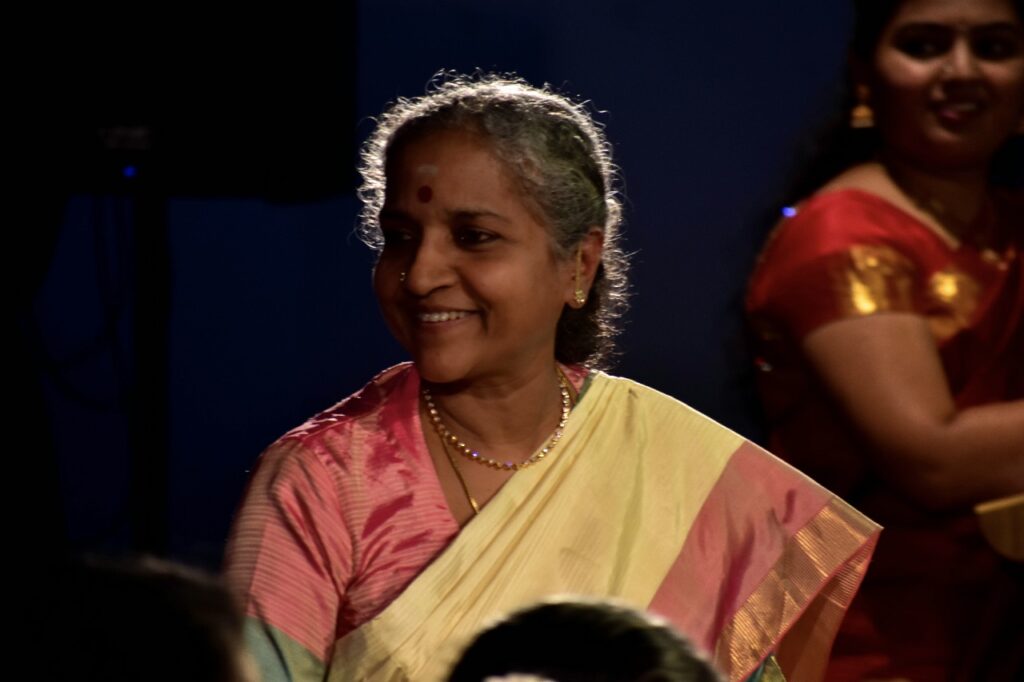
Pursue Arts: The Bharatanatyam dancer states that our country has numerous classical performing arts and there are many opportunities to learn in cities as well as small towns. She calls upon parents to encourage their children to learn any of these classical art forms. “The experience and knowledge of this will help their personality development, self-discipline and concentration. It is also essential towards inculcating a sense of understanding and pride about the culture and tradition of our country,” Gayathri states.
